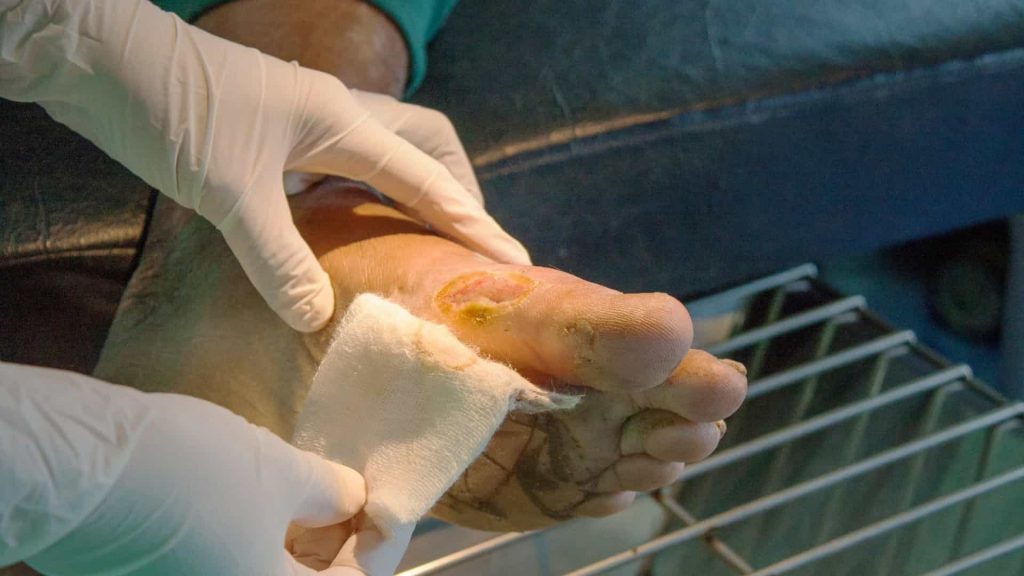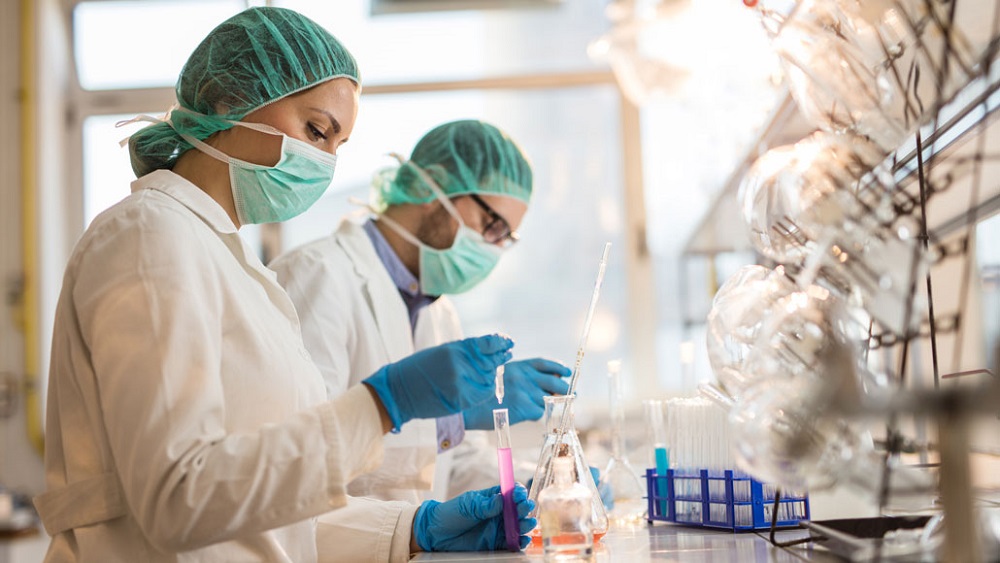RIO DE JANEIRO, BRAZIL – After studying a bacterial infection that was eating away at a patient’s tissues, doctors at the Universities of Maryland and Texas in the United States discovered an aggravating factor for an already known disease.
An article on the case was published in the Proceedings of the National Academy of Sciences.

Necrotizing fasciitis is a condition that has long been known to the medical community and occurs as a result of a severe infection caused by Streptococcus pyogenes bacteria.
This microbe is common in the digestive system, but when it comes into contact with other areas of the body, it devours the skin, organs and whatever else it finds, in order to settle into the bloodstream.
Meanwhile, tests showed that the infection had been caused by another microbe, called Aeromonas hydrophila. The clinical condition evolved rapidly, spreading to the spleen and liver and becoming a threat to the patient’s life.
Baffled by the severity of the illness, doctors analyzed the entire genetic makeup of the microbes they had taken from the patient. As reported in a press release, they explain that the infection was not caused by one, but rather by two different strains of the Aeromonas bacteria, called NF1 and NF2.
Typically, the NF1 strain remains localized and does not reach the bloodstream or organs, being eliminated by the host’s immune system. NF2, on the other hand, produces a toxin that breaks down muscle tissue and allows the microbe to spread throughout the victim’s body.
The problem, however, occurred because both species acted at the same time. “One of the lineages [NF2] produces a toxin that breaks down the muscle tissue and allows the other lineage [NF1] to migrate to the blood system and infect the organs,” explained Rita Colwell, the scientist in charge of the case.

In addition, the team of doctors found that NF2 remains localized and does not spread throughout the body, because when it comes into contact with NF1, it eventually dies. “We now are able (…) to determine the individual infectious agents involved in polymicrobial infections,” said Colwell.
The scientist hopes this will help researchers develop more powerful methods to fight these microbes, saving more lives. “When we treat it with a certain antibiotic, we are eliminating a microbe from the body,” she said.
“But if there is another microbe that is involved in the infection and that is also pathogenic, any antibiotic treatment that does not reach that other species may be paving the way for it to develop.”
After the diagnosis was made, the patient could be treated by the doctors and had to have surgery. Despite having both legs and arms amputated, he was able to survive.

